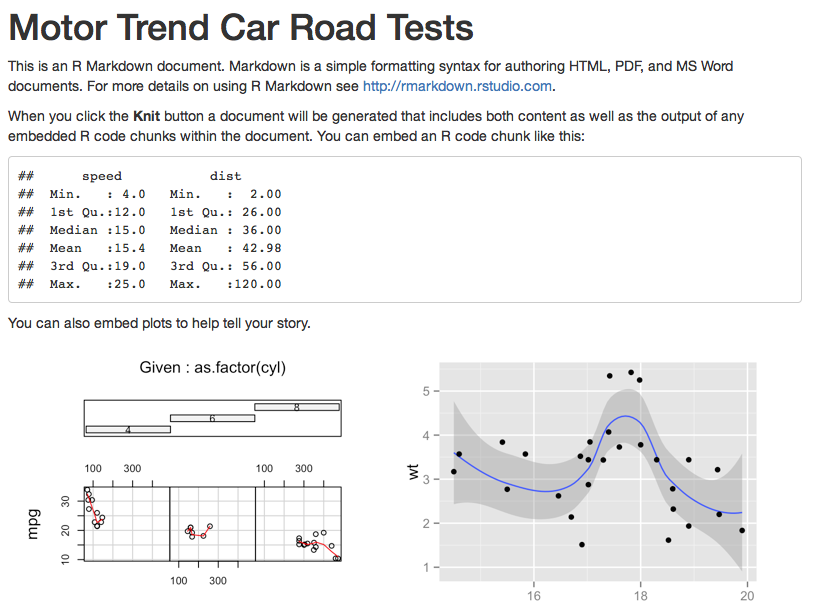
For this discussion, I disregard finer points of different language engines and chunk options and only consider different RMarkdown components by what they contribute to the final output. A Taxonomy of RMarkdown Chunksįirst, let’s consider a high-level classification of RMarkdown chunks by different purposes. “Optimal stopping” at different stages may be the subject of a future post.

However, I believe imagining a spectrum between a single-file RMarkdown to a full-functioning R package is helpful to conscientiously make the decision where to draw the line. Clearly, that is just silly and in many cases causes unneccesary fragmentation and overhead. I also want to emphasize that this sequence is not a recommendation that every RMarkdown needs to become a project or a package. Migrate from RMarkdown to R Project (Modularize your files!)Įach of these is discussed in more detail below.In the broadest terms, I see an evolution of the following steps: Essentially, you, a humble user, have conducted rigorous UX research before you, the tool developer, ever shows up! Finally, I have found that this approach to package development leads to very intuitive, user-friendly packages. Second, for newer project users or package developers, it hopefully helps emphasize that the learning gap between being a useR and developeR is much small than it may seem 2. This approach has numerous benefits.įirst, the promise of re-use and reproducibility helps justify any incremental time expenditure on constructing a single analysis with “good practices”. In this post, I describe RMarkdown Driven Development (RmdDD?): a progression of stages between a single ad-hoc RMarkdown script and more advanced and reusable data products like R projects and packages. Surfacing this tool just requires a touch of forethought before beginning an analysis and a bit of clean-up afterwards. This is fine for some individual analysis and preliminary exploration but can significantly decrease how understandable and resilient an RMarkdown will be in the future.Īs a proponent of the concept of “analysis engineering” 1, I tend to think of each RMarkdown as having a “data product” (an analytical engine calibrated to answer some specific question) nestled within it. However, thought processes are rarely linear as a result, first-draft RMarkdown scripts rarely are either. One benefit of RMarkdown is its abilities to keep an analyst in the “flow” of their work and to capture their thought process along the way.

RMARKDOWN REFERENCE CODE
Multiple options must be separated by a comma (just like options in normal R functions).RMarkdown is an excellent platform for capturing narrative analysis and code to create reproducible reports,īooks, and more. Include all of these options after the r in the squiggly brackets. Here you can specify, among other things if the code will be outputted or just the output itself, captions for tables or graphs, and formatting for the output. 12.3.2 n-many of previous character are instructions about how the code is outputted.12.2 Finding and replacing patterns in text with gsub().



 0 kommentar(er)
0 kommentar(er)
